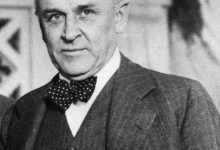Elizabeth Blackburn, the discoverer of telomere DNA

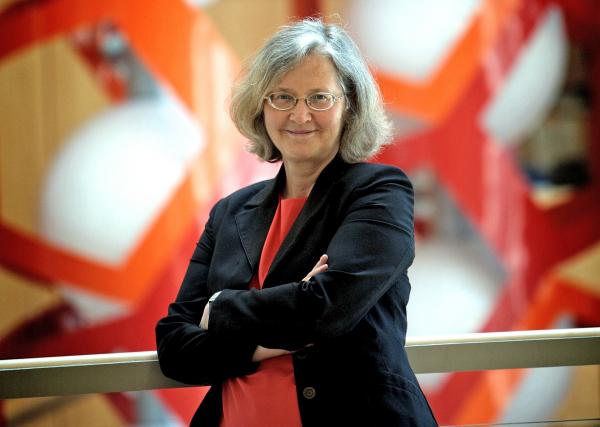 Elizabeth Blackburn
Elizabeth BlackburnA summary of Elizabeth Blackburn's biography:
Full name: Elizabeth Helen Blackburn
Date of birth: November 26, 1948
Place of birth: Hobart, Tasmania, Australia
Profession: biologist, researcher, winner of the Nobel Prize in 2009
Origin: American-Australian
Place of education: University of Melbourne, Darwin College
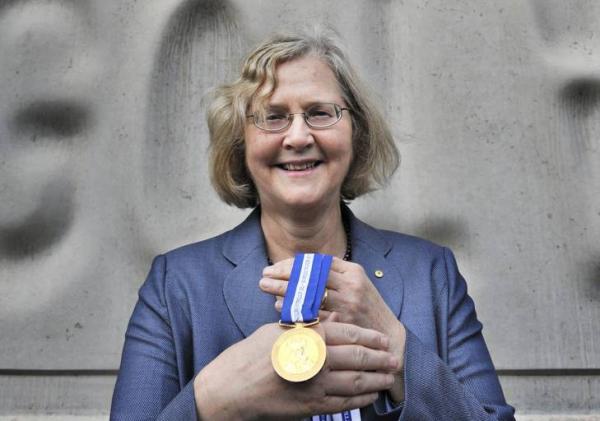 Biography of Elizabeth Blackburn
Biography of Elizabeth BlackburnBiography of Elizabeth Blackburn:
Elizabeth Helen Blackburn was born on November 26, 1948 in Hobart, Tasmania, Australia. Since he was very interested in animals, he chose the field of biology to continue his studies. After receiving his bachelor's and master's degrees from the University of Melbourne, he went to Cambridge University to continue his doctoral studies and conducted studies on the research project on the DNA sequences of bacteriophages.
In order for this scientist to be able to complete the research regarding the intended study; He completed a post-doctoral course at Yale University, after which he became a faculty member at the University of California, Berkeley. He has been a professor of medicine and physiology at the University of California in San Francisco since 1990.
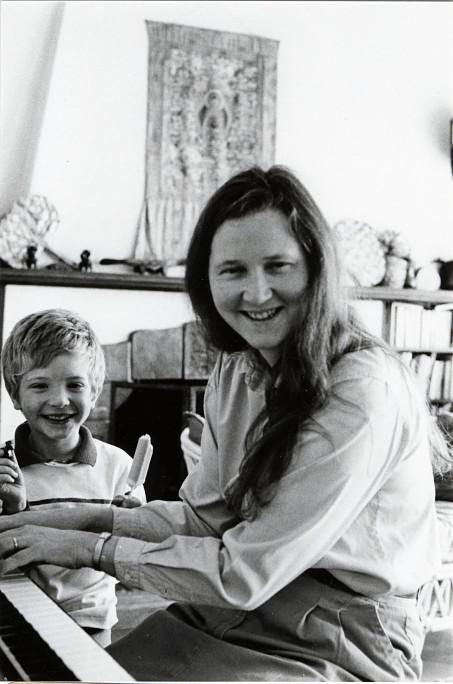 Elizabeth Blackburn, a successful scientist
Elizabeth Blackburn, a successful scientistThis scientist's studies continued on chromosomal structures and finally he was able to find a structure called telomere, which was located at the end of the chromosome. Elizabeth realized that telomeres contain small and repetitive DNA sequences that are broken every time a cell divides to support the main and coding DNA sequences. With increasing age, these telomere sequences decrease; Because of this, the possibility of DNA damage increases.
When this information is lost in DNA; Cells can no longer function as well as they used to or they die. The result of this chain of events will lead to diseases such as cancer, loss of organs or Alzheimer's.
Elizabeth Blackburn and her students were able to discover the enzyme telomerase, which helped to maintain the shape of the chromosome in the telomere, in the same way, the Nobel Prize in Medicine was awarded to this scientist in 2009. The group realized that maintaining telomere length would have a direct impact on the lifespan of organisms.
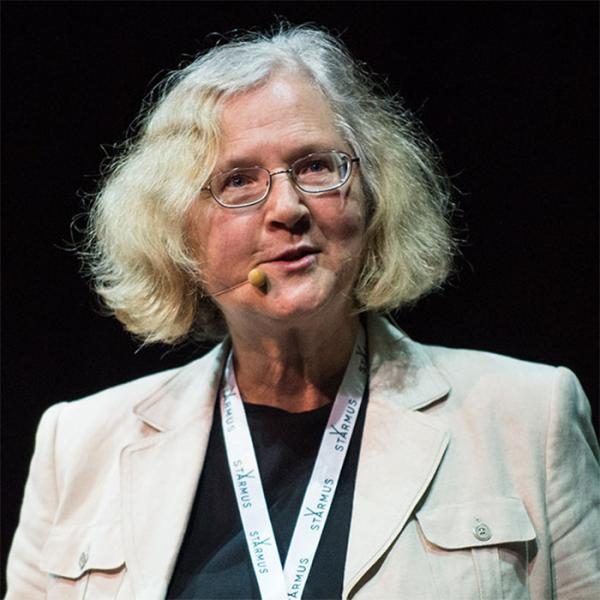 Elizabeth Blackburn; Winner of the Nobel Prize in Medicine
Elizabeth Blackburn; Winner of the Nobel Prize in MedicineReceiving the Nobel Prize in Medicine:
Elizabeth Blackburn, along with Jack Zostak and Carol Greider were able to win the 100th Nobel Prize in Medicine for their research on the mechanism of telomere protection of linear chromosomes.
Elizabeth Blackburn in the media:
Time magazine named Elizabeth Blackburn from the University of California, San Francisco as one of the 100 most influential people in the world.
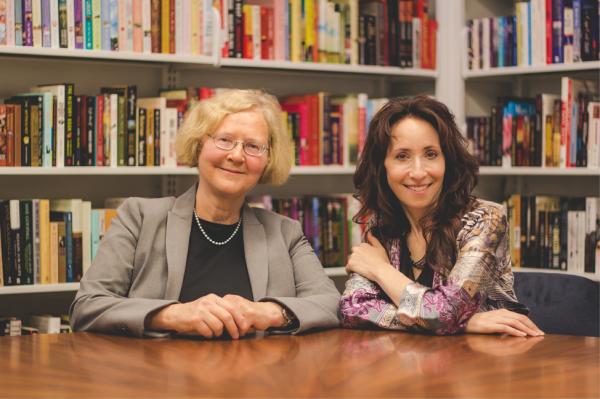 Elizabeth Blackburn, a successful female scientist
Elizabeth Blackburn, a successful female scientist Research by Elizabeth Blackburn:
Encouraged by Gall, Blackburn conducted his telomere research on tetrahymena, single-celled organisms with abundant linear chromosomes. In his research, Blackburn discovered that telomeres are made up of six short repeating segments of DNA. Telomeres will protect the ends of chromosomes, in fact this protection will ensure that all the important instructions in the DNA are copied when cells divide. when the telomeres themselves begin to wear out and shorten; The cell will eventually die, but in healthy cells the telomeres regenerate themselves.
As an assistant professor at Berkeley, Blackburn began to understand this. He and Jack Zostak had suspected this by referring to an enzyme. Blackburn in 1984 with his student; Carol Greider discovered the telomerase enzyme that produced DNA. This enzyme could elongate each DNA strand in advance during the copying phase and compensate for the shortening during cell division.
In 1990, Blackburn moved his lab to UCSF. In this place, he and his team researched understanding how the protein and genetic components of telomerase work. They were also studying to understand how to maintain the right balance between telomerase overactivity, which can lead to cancer, and underactivity, which leads to chromosome shortening and cell death.
In the early 2000s, psychologist Elisa Apple studied telomere length in mothers caring for children with chronic illnesses. The results were clear in spouses with chronic dementia and in people who suffered early trauma, the more chronic stress; A person's telomeres will become shorter, stress causes the person's cells to wear out prematurely.
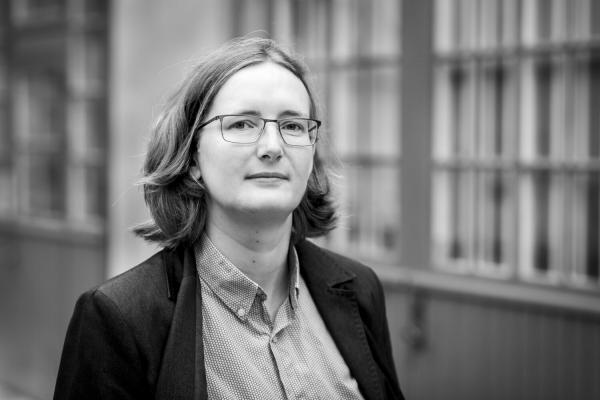 Elizabeth Blackburn, the discoverer of telomere DNA
Elizabeth Blackburn, the discoverer of telomere DNAConclusion:
We hope that this scientist will research the clues of the mystery of aging and even the biological links between living conditions and longevity to treat cancer. Wherever his curiosity leads him, Blackburn insists that any conclusions be backed up by data. “You have to get the science right.”
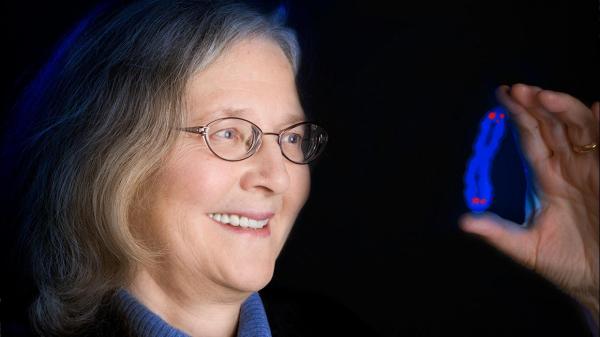 Elizabeth Blackburn and her extraordinary research on DNA
Elizabeth Blackburn and her extraordinary research on DNAcompilation: Cover biographical section
